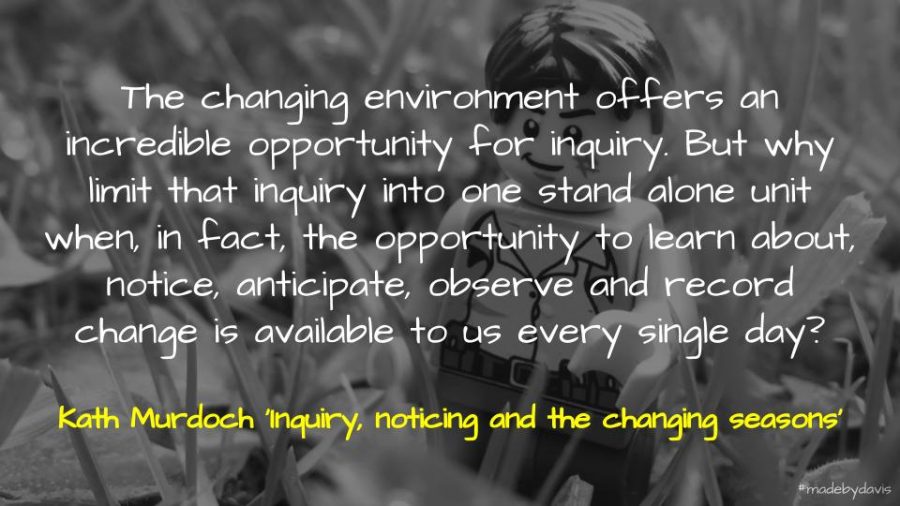A reflection on participating in the ‘7 black and white photos in seven days‘ activity and the power of constraint and images.
My one word this year has been ‘intent‘. Although this can mean many things in different contexts, one of the things I have tried to do is participate in meaningful activities when they may arise.
I was therefore taken by Ian Guest’s invitation to participate in an activity focused around sharing photos of my life. The catch was there were a few constraints at play. The images had to be black and white, involve no humans and have no explanations.
Here then are my seven photographs:

Day 1

Day 2

Day 3

Day 4

Day 5

Day 6

Day 7
What struck me about the exercise was how much more aware I felt of the world around me. Rather than be drawn into a podcast or simply lost in thought, I was instead thinking about what I could or should capture to tell the story of my life.
In addition to noticing the world, I was also forced to think more visually. Where I am usually dependent on words (or audio) to convey a story, I had to think differently about the story being told.
This experience reminded me of Alan Levine’s recent discussion of picking a noticing pattern, something that keeps the brain active and engaged. For Levine, the pattern is ‘106’:

“A House of DS106” by cogdogblog is licensed under CC0
Amy Burvall on the other hand is always open to creative pursuits. Rather than looking for something in particular, she recently celebrated ‘looking down‘ and capturing the serendipitous surfaces:

Twisted unicorn in Canberra
What each of these situations has reminded me is that creativity can be cultivated, nature is full of inquiry if we are willing to notice it and sometimes it just takes something to spark that intent.
NOTE: Without a hashtag, they can be hard to collect. Although John Johnston has collected his, many others have just left them on Twitter. If anyone has a collection that would like to share, I would love to see them.
If you enjoy what you read here, feel free to sign up for my monthly newsletter to catch up on all things learning, edtech and storytelling.

